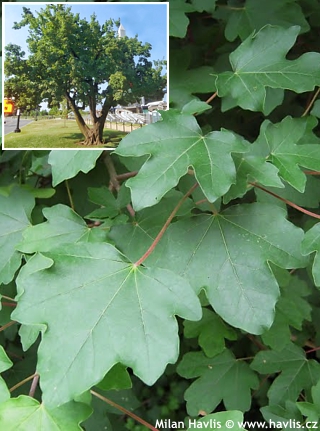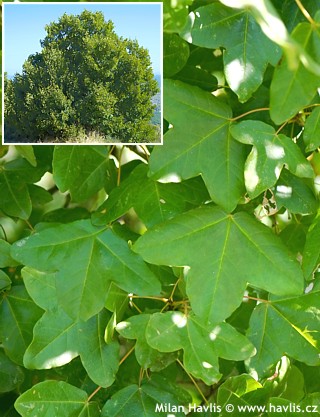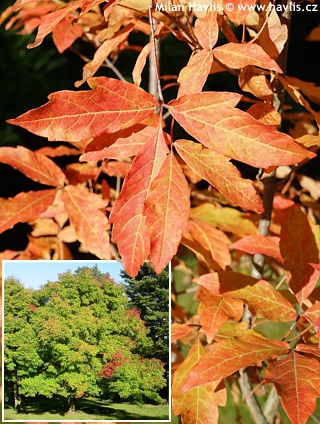Acer campestre 'ELSRIJK' field maple, hedge maple
Acer
The maple genus belongs among the oldest documented deciduous trees of the Northern Hemisphere. Fossil finds of leaves and fruits prove that maples were already growing in the Tertiary period: from Czech sites in Bílina, for example, we know fossilized fruits and leaves of Acer tricuspidatum from the late Miocene, more than 15 million years old. Similar imprints have been found in North America and Asia, showing that the genus already had a wide distribution at that time. Scientifically, the genus was described by Carl Linnaeus in 1753, but its species classification has been revised many times since, as Asia – especially China, Japan, and the Himalayas – turned out to be its true center of diversity. Today, maples adapt to an astonishing range of conditions, from mountain valleys in the subtropics to the cold regions of the north.
The field maple is one of the most widespread trees of the European cultural landscape. It was described by Carl Linnaeus in 1753, but its presence in Central Europe reaches much further back – from medieval hedgerows to today’s urban avenues. This European native owes its success to its high resistance to weather extremes, pollution, and mechanical damage. It is long-lived, undemanding, and adaptable, which makes it a reliable tree for public greenery. In Central Europe it is among the most frequently planted trees along streets and in new residential developments. It is considered a medium-sized tree, although venerable and massive specimens are recorded in many parts of the world. Its cultivars are significantly smaller and more compact, making them suitable even for small gardens, where they serve as dependable green elements with minimal demands.
When one mentions Elsrijk, most landscape architects think of a tree that “doesn’t stand out” and that is precisely what makes it exceptional. It is a field maple variety whose canopy is regular, narrowly oval to pyramidal, and keeps its shape without pruning, giving it a tidy appearance even without human intervention. Its leaves remain healthy even in conditions where other maples suffer from mildew, and the overall habit is compact and refined. It grows to about 8 meters in height, with a spread of 4–6 meters, and its smaller leaves stay fresh green until autumn, when they turn a warm yellow. These traits: shape stability, disease resistance, and balanced growth have made it a favourite among field maple cultivars. Compared to the species, ‘Elsrijk’ looks smoother and more cultivated – like the urban cousin of a rural tree. It was selected by the municipal nursery in Amstelveen (C.P. Broerse) in 1953 and named after the local district of Elsrijk. Since then, it has become a fixture of European greenery.
In gardens, ‘Elsrijk’ proves its worth wherever a tree with a clearly defined shape and zero maintenance is needed. Its compact canopy makes it suitable for lining driveways or as a specimen tree in small front yards where it provides shade without overwhelming the house. In parks it can form regular rows, but it works equally well as a contrasting element among free-growing shrubs. Its yellow autumn color stands out next to shrubs with maroon or red foliage (such as barberry or copper beech) or in combination with ornamental grasses that emphasize its firm outline. In smaller gardens it can serve as a “living architectural element” – a tree that divides space visually without weighing it down.
The field maple is tolerant of almost any soil type – from acidic to alkaline, wet to dry – and it copes with paving, road salt, polluted air, and turf growing over its roots. After planting, however, it must be staked to a strong support for at least three years until it establishes, and the trunk thickens. Do not allow grass to grow above its roots during this period. It can be pruned or shaped in any way in late winter. Reports on its frost hardiness vary: most sources confirm reliability down to –30 °C, but growers in northern Europe attest that it can withstand even –40 °C (USDA zone 3).
Last update 09-10-2025


Goods are shipped all over Europe. For Russia and U.K. and for further details please read about SHIPPING OPTIONS HERE.
Are you interested in a serious discount for orders NOV-FEB? Check your options here.
THE PRICES INCLUDE VAT of 15%. For quick conversion you can use 1 CZK = approx. 0.04 EUR
- STANDARD QUALITY - Plants of this group are 1st class quality with number of branches and overall density adequate to their size and age, considering they were container grown.
- DE LUXE QUALITY - This label guarantees a luxurious quality of manually selected plants that, compared to their height and age, are exceptionally dense and beautiful.
- EXTRA - These plants are usually mature and bigger specimens with exceptional overall appearance.
- STANDARD (as described in the plant form) means a tree with a trunk of 190-210 cm and a crown at the top, unless specified differently. The commercial size for trees is their girth measured in the height of 1m from ground.
- HOBBY - These plants are of the same quality as our standard-quality plants but younger and therefore cheaper.
- SHRUB - a woody plant with branches growing bushy from the ground level.
- HALF-STANDARD or MINI-STANDARD - a small tree with shorter trunk, its size is usually specified.
- FEATHERED - These are trees with branches growing already from the base of the trunk and up along the stem.
- GRASSES and PERENNIALS - Sizes given usually read the diameter of the pot or the clump, as specified.






























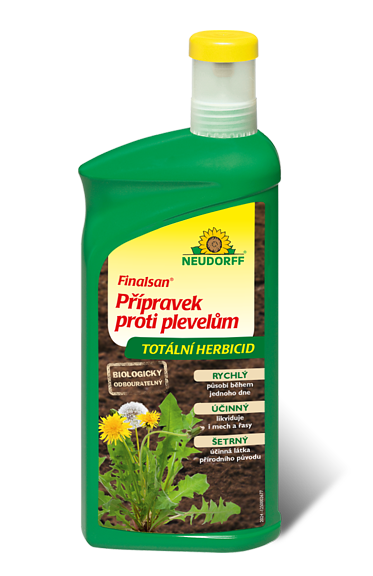


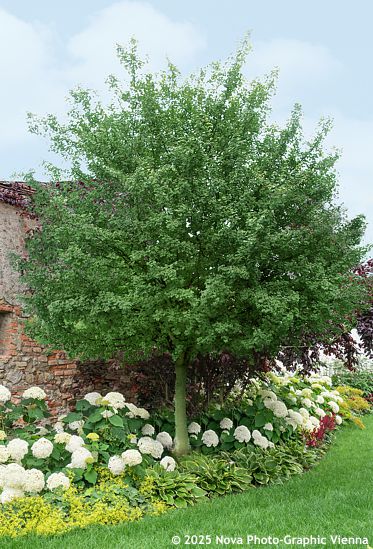
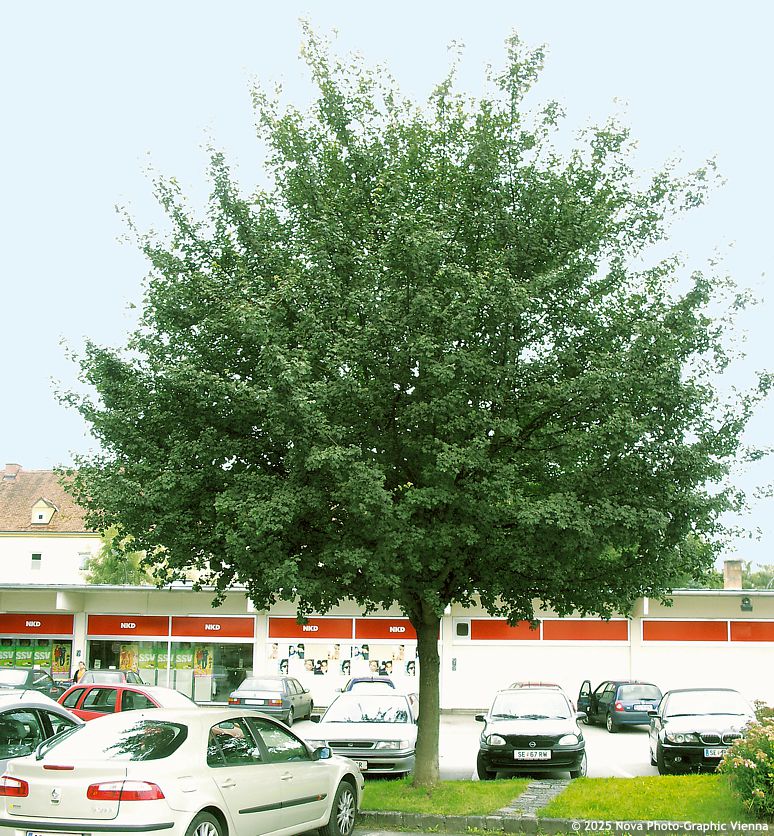
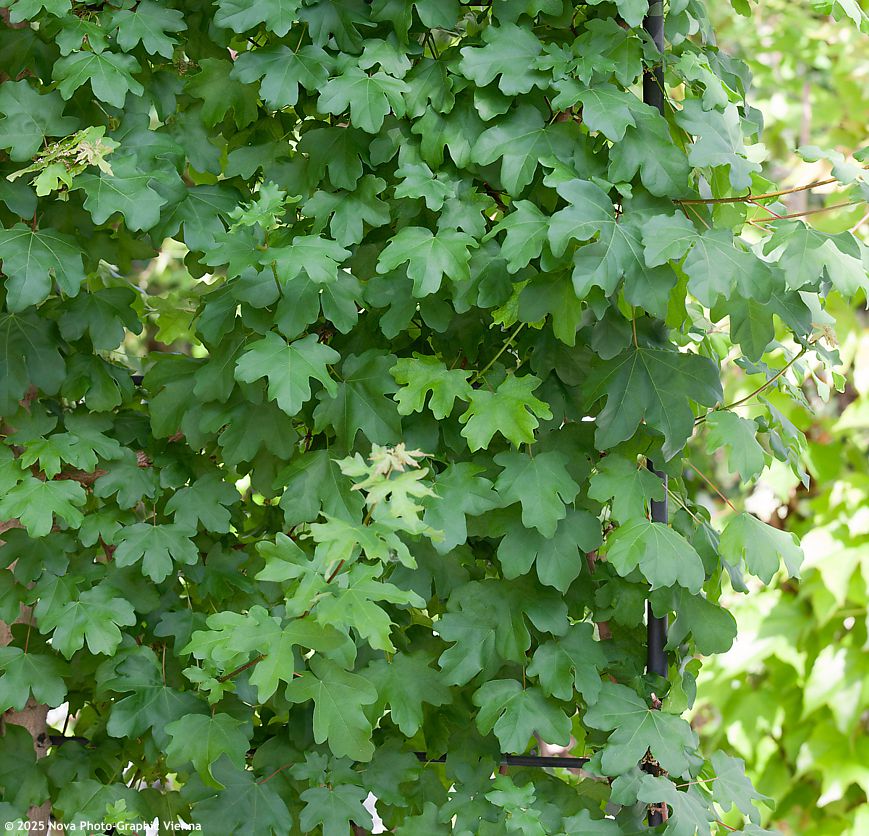
.jpg)

